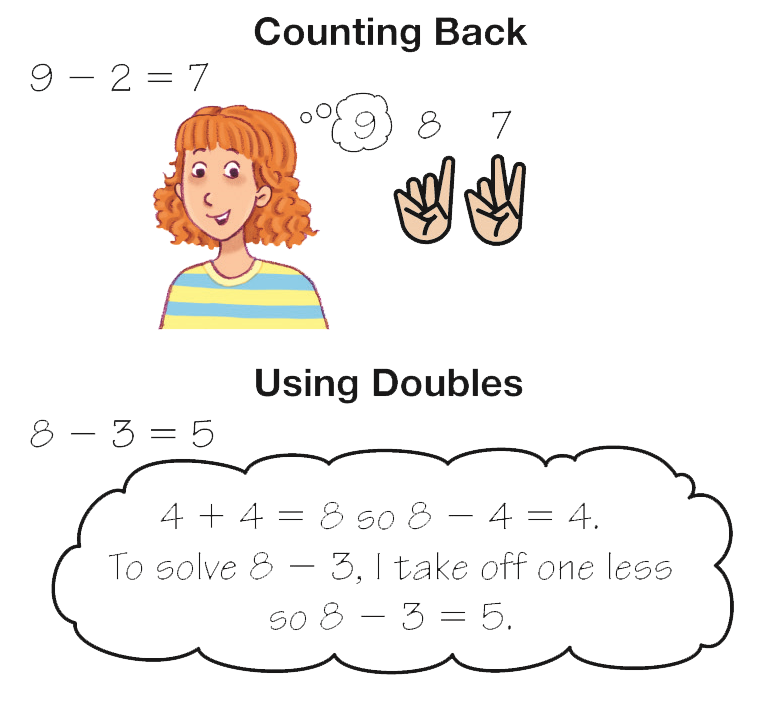Students partition the number ten into two parts. They practice filling ten frames and writing number sentences.
Content in this Lesson
- Partitioning the number ten into two parts using ten frames and counters [E3].
- Representing addition situations with number sentences [E6].
- Organizing and analyzing information in a data table [E8].
- Finding a strategy to organize and analyze partitions of numbers [MPE2].
- Solving addition problems using the counting-on strategy [E5].
- Solving addition situations using counters and ten frames and explaining strategies. [E7, MPE5]
- Developing math facts strategies by partitioning numbers.
- Discovering turn-around facts for the number 10.
- Making connections between representations of quantities using ten frames, counters, and symbols [E2].
Daily Practice and Problems M–R
Assessment in this Lesson
| Assessment | Expectation Assessed | Math Practices Expectation Assessed |
|---|---|---|
|
Nine Pennies Table with Feedback Box Student Activity Book Pages 57–58 |
|
|

















